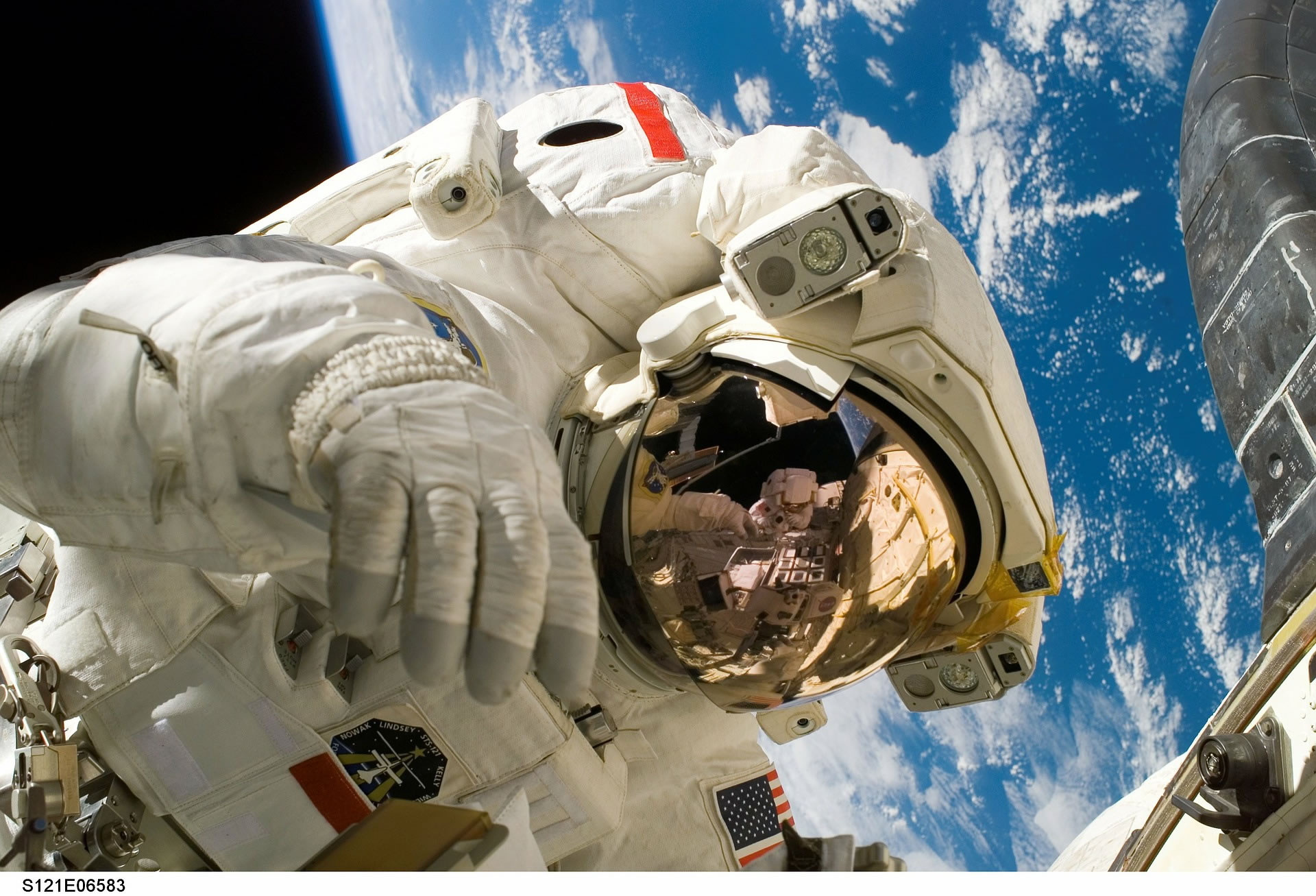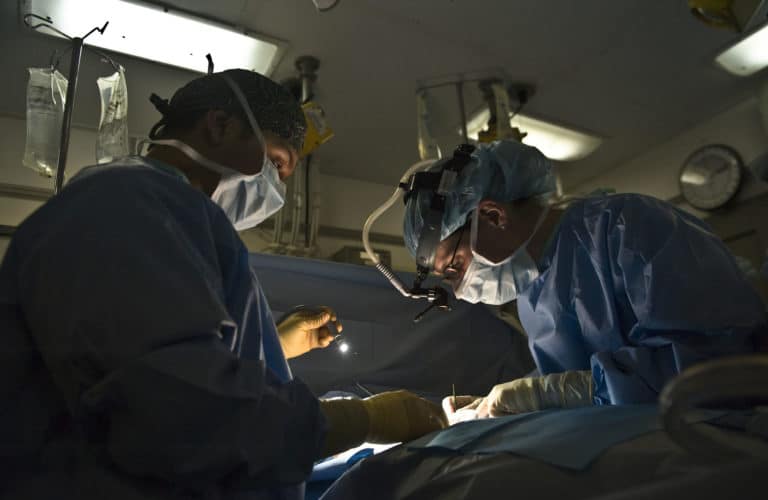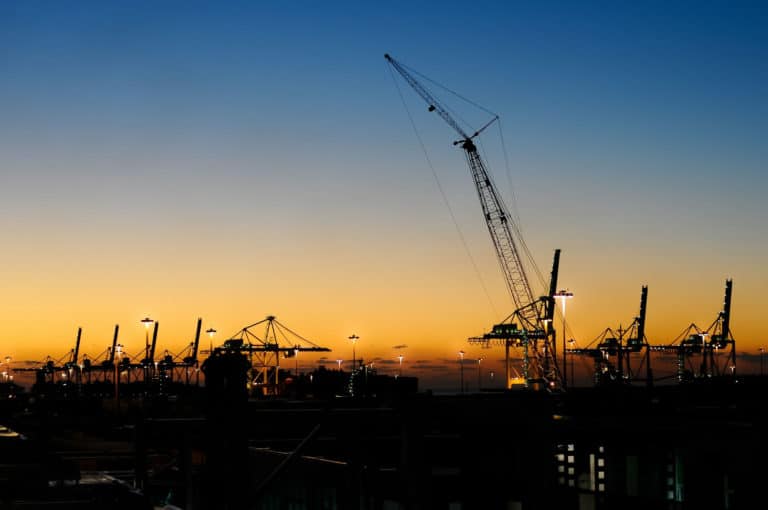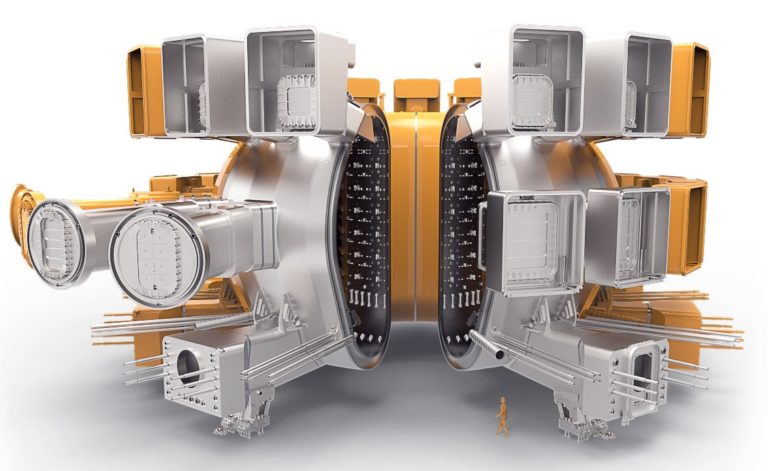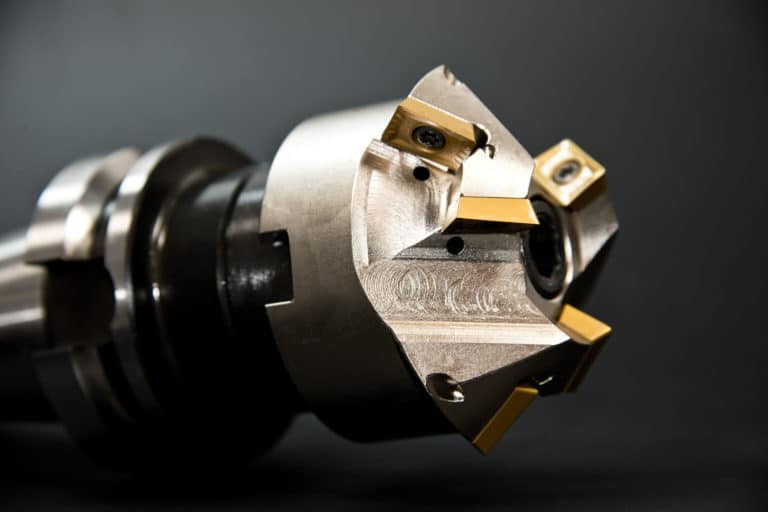CHOICE OF A NATURAL WOULD-BE PARTNER
Leader in advanced thermal protection systems for re-entry into the atmosphere and as a supplier of thermostructural composites of high quality, the French group SAFRAN initiated a partnership with ISQ under ESA Intermediate eXperi- mental Vehicle (IXV Programme). This partnership, thanks to the strengths offered by ISQ, has been intensified, leading Tierry Pichon, the director of Herakles High Temperature Composite Programme Department, to envisage other opportunities for future cooperation.
What is the importance of the IXV programme for the activity of Herakles and how has it contributed to your corporate goals?
Herakles has been involved in the development of Thermal Protection Systems (TPS) since the late 80s, when the development of the Hermes European spacecraft was launched. At that time, Herakles, then known as SEP was already entrusted with the design of the nose, hot structures, and windward Ceramic Matrix Composite TPS of the vehicle. After the cancellation of the Hermes programme, Herakles continued to develop TPS technology under the MSTP programme (Manned Space Transportation Programme) and the Generic Shingle programme funded by CNES (Centre National d’Études Spatiales – National Centre for Space Studies).
The IXV programme, which followed the French Pre-X programme once it became Europeanised, is therefore the accomplishment of several decades of activity in the field of thermal protection systems built from thermostructural (high temperature) composites. As such, the IXV programme was undeniably of vital importance to Herakles, as it not only enabled the company to show its ability to master cutting edge Ceramic Matrix Composite technology, but also constituted a European first through the in-flight demonstration of an advanced thermal Protection System. This demonstration strengthened Herakles’ position as a world-class provider of thermostructural composites and a leader in the field of advanced atmospheric reentry thermal protection systems.
How do you evaluate, in general, the ISQ participation in this programme and what strengths has it brought on board?
With its participation in the IXV programme, it was the first time that ISQ and Herakles collaborated together. The selection of ISQ was initially due to European georeturn constraints, but also to its available test facilities and quality assurance expertise. ISQ was a natural candidate as a partner for the TPS subsystem. Indeed ISQ proved to be valuable in this cooperation, providing flexibility and adaptability during a development phase that was subject to several adjustments, as a result of varying requirements. ISQ personnel were available at all times to provide answers to Herakles’s queries, and in addition showed significant creativity and ingenuity in finding adapted solutions to the unavoidable problems that arose in the course of this challenging development. And last but not least, the activities that ISQ was entrusted with, were performed within a reasonably attractive budget.
In the medium term, how do you think the cooperation between ISQ and HKS will pan out? Which new challenges could be addressed together?
Following the IXV programme, ISQ and Herakles have already cooperated again within a Technological research programme of the European Space Agency, as a direct result of Herakles’s satisfaction with the previous partnership. In the near future, post-flight activities related to the IXV re-entry should be performed, in which ISQ should also play a role, as part of the established IXV industrial team. Naturally, with the approval by ESA of the pre-development of PRIDE (Programme for Reusable In-orbit Demonstrator in Europe, successor of the IXV), at the last Space ministerial conference, needless to say that there will be more opportunities for cooperation with ISQ.

